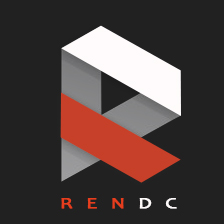1⟩ Why do I get the error "org.eclipse.swt.SWTException Invalid thread access"?
SWT implements a single-threaded UI model often called apartment threading. In this model, only the UI-thread can invoke UI operations. SWT strictly enforces this rule. If you try and access an SWT object from outside the UI-thread, you get the exception "org.eclipse.swt.SWTException: Invalid thread access". The following code sets the text of a label from a background thread and waits for the operation to complete: display.syncExec( new Runnable() { public void run(){ label.setText(text); } });


